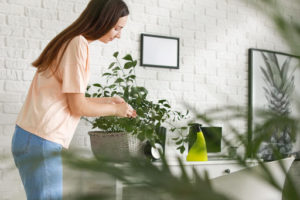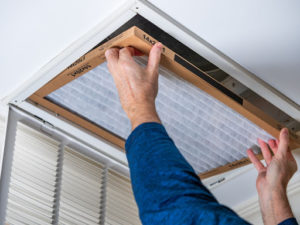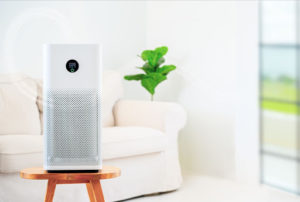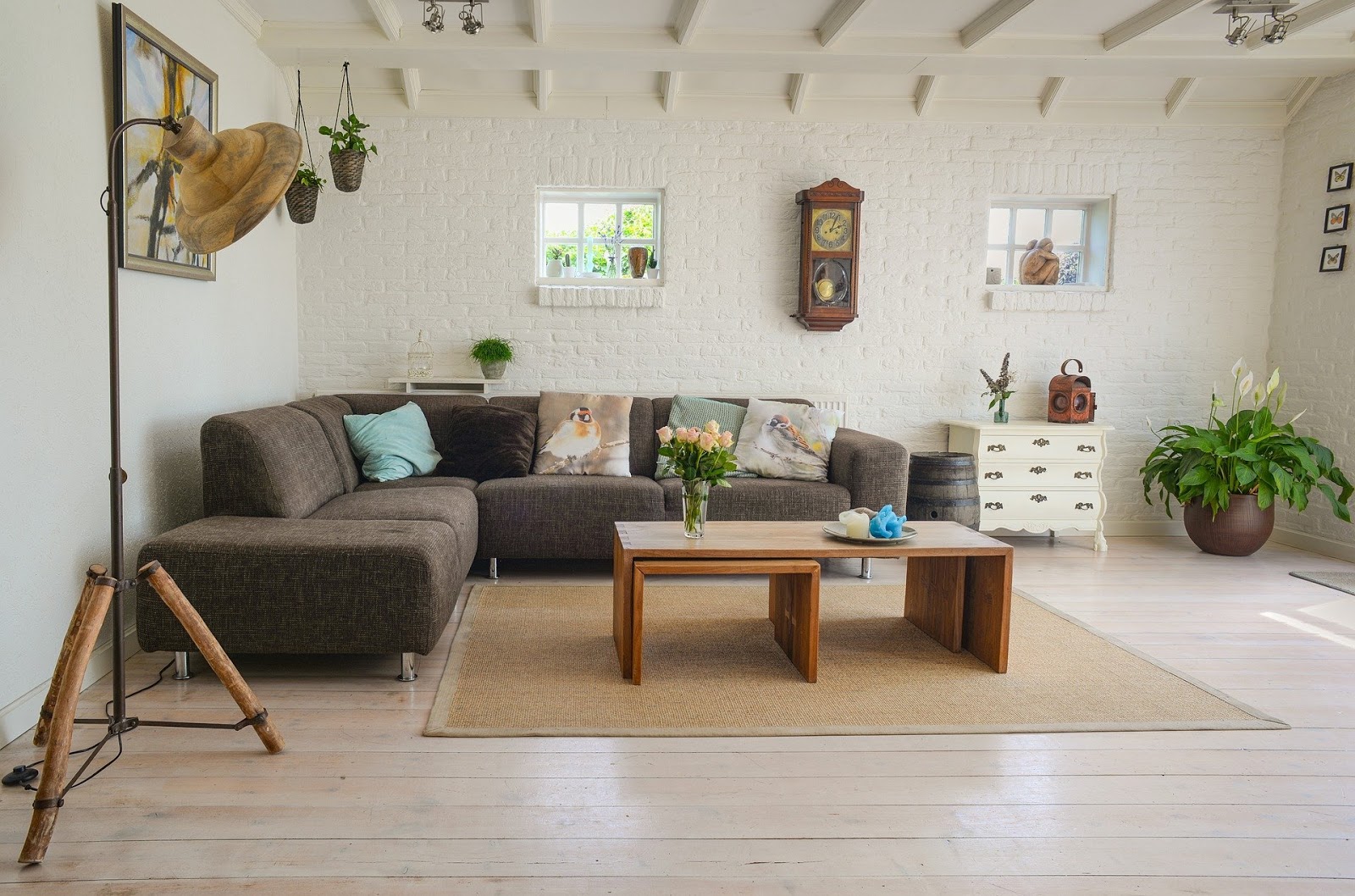Get Indoor Allergens Under Control

Though we tend not to think about it, the air we’re breathing affects our health as much as anything else we put in our bodies. Like consuming high-fat foods or sugary beverages, inhaling dust, mold, and pollen can be detrimental to our overall well-being, leading to allergies or more severe respiratory problems. While we tend to think of these invisible assailants as coming from the outside air in the form of pollutants, these problems can be found in indoor environments as well — maybe even your home.
Read on to see how to get those pesky indoor allergens under control and steps to improve your overall indoor air quality. Here’s to breathing easier.
Steps to Fix Indoor Air Quality

While it’s probably not possible to eliminate all the allergens inside your home, you can reduce the number — and your exposure to them — by making some simple changes. Here are some strategies you can use to improve air quality inside your home and hopefully improve your allergy symptoms.
Keep it clean.
A clean house may be a healthier house because good indoor hygiene can greatly cut down on dust and animal dander, says Dr. BuSaba. Your cleaning efforts should focus on strategies to reduce the accumulation of pet dander, mold, and dust lurking in your home. Focus on the following:
- Vacuuming the carpets and area rugs at least once or twice a week with a vacuum cleaner equipped with a HEPA filter. Opting for hard-surface flooring instead of wall-to-wall carpeting may also cut down on allergens in the home.
- Regularly cleaning bedding, drapes, and other items that tend to attract allergens—particularly if you have pets. The American Academy of Allergy, Asthma & Immunology recommends washing in water that is at least 130° F. Also consider using dust mite–proof covers on pillows, as well as mattresses and box springs, whenever possible.
- Clearing clutter, because it traps and holds dust that can trigger a reaction.
Keep the greenery outdoors.
In-door plants are pretty, but they can also collect and foster the growth of mold. So, if indoor allergens are a problem, you’ll want to avoid them, says Dr. BuSaba.
While some plants are touted as helping to improve indoor air quality because they release oxygen, they are still allergy triggers for many people. “On balance, they create more problems than they help,” he says.
Change your filters.
If you have a forced-air heating system, be certain to change the filters regularly, says Dr. BuSaba. Electrostatic filters can help ensure that dust and other airborne irritants get trapped instead of being recirculated throughout your home. Also consider having your ducts cleaned to remove trapped dust. This may not always be advisable, but it helps in some cases.

Invest in an air purifier.
If you’re allergic to indoor allergens and can’t control the source of the problem — for example, you’re unwilling to give up your family pet — it may help to use an air purifier, says Dr. BuSaba. Placed in the most commonly used areas of the house, these devices, in particular ionic purifiers, can help capture some of the irritants that may trigger your symptoms. You’re probably not going to be able to remove these allergens completely, but you can cut down on them, which may help the problem.
Also consider a dehumidifier in damp areas, such as a basement, to help prevent the growth of mold. Ensure that bathrooms, another potential source of mold, are well ventilated as well and scrub off any visible mold that collects in the shower, on fixtures, or walls.
Let the fresh air in.
Even in the cold months, open windows from time to time to allow fresh air to move into the house. Also, move potential air contaminants out by using fans in the kitchen to remove cooking fumes.

Temperature Pro has Your Back (And Lungs)
Whether you’re looking for a filter for your bi-monthly change or you’re looking for a more permanent solution to indoor allergens in the form of a purifier, Temperature Pro has you covered. Call today to talk to one of our experts! We’ll craft the perfect air quality solution for your home. https://temperaturepro.com/services/indoor-air-quality/

